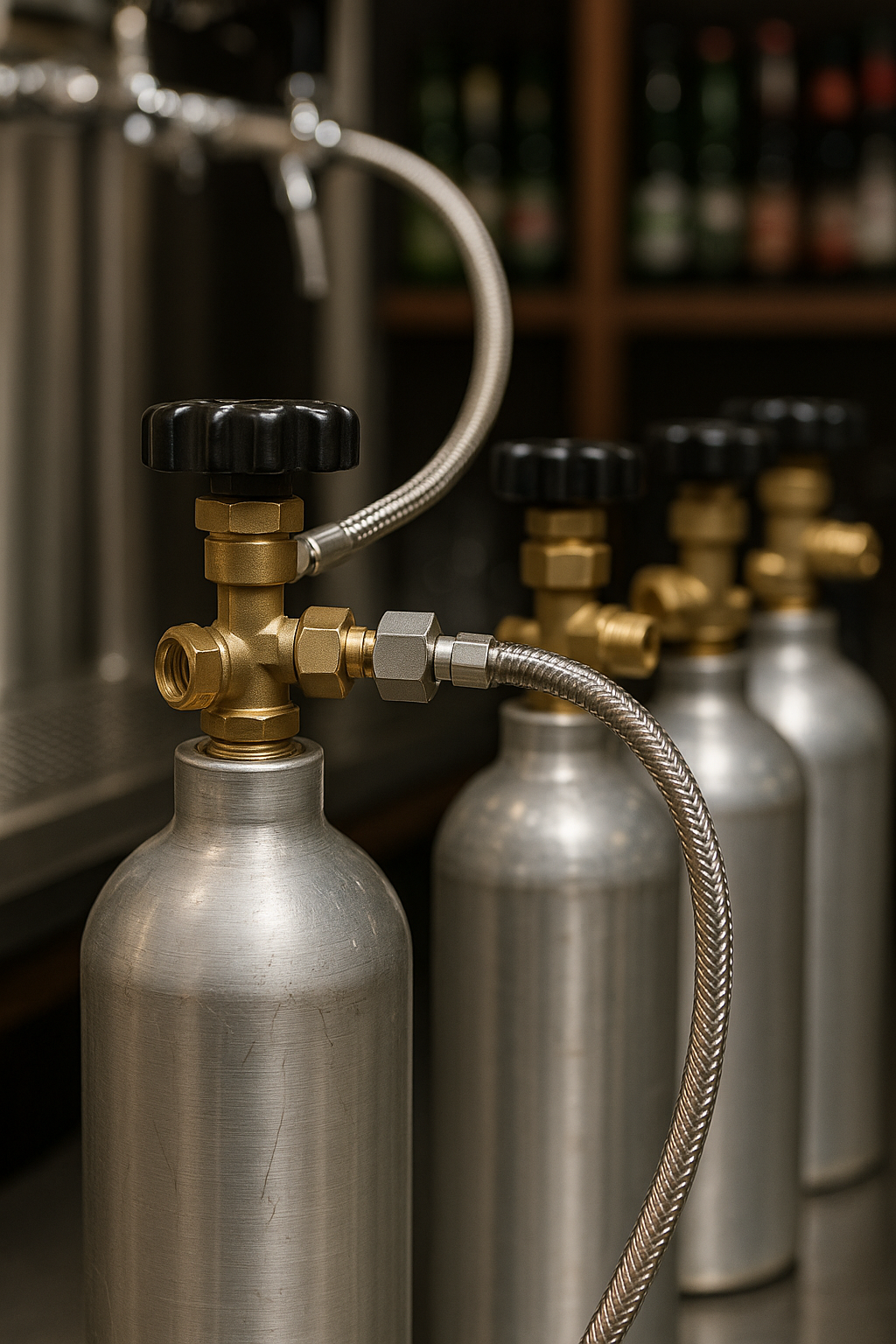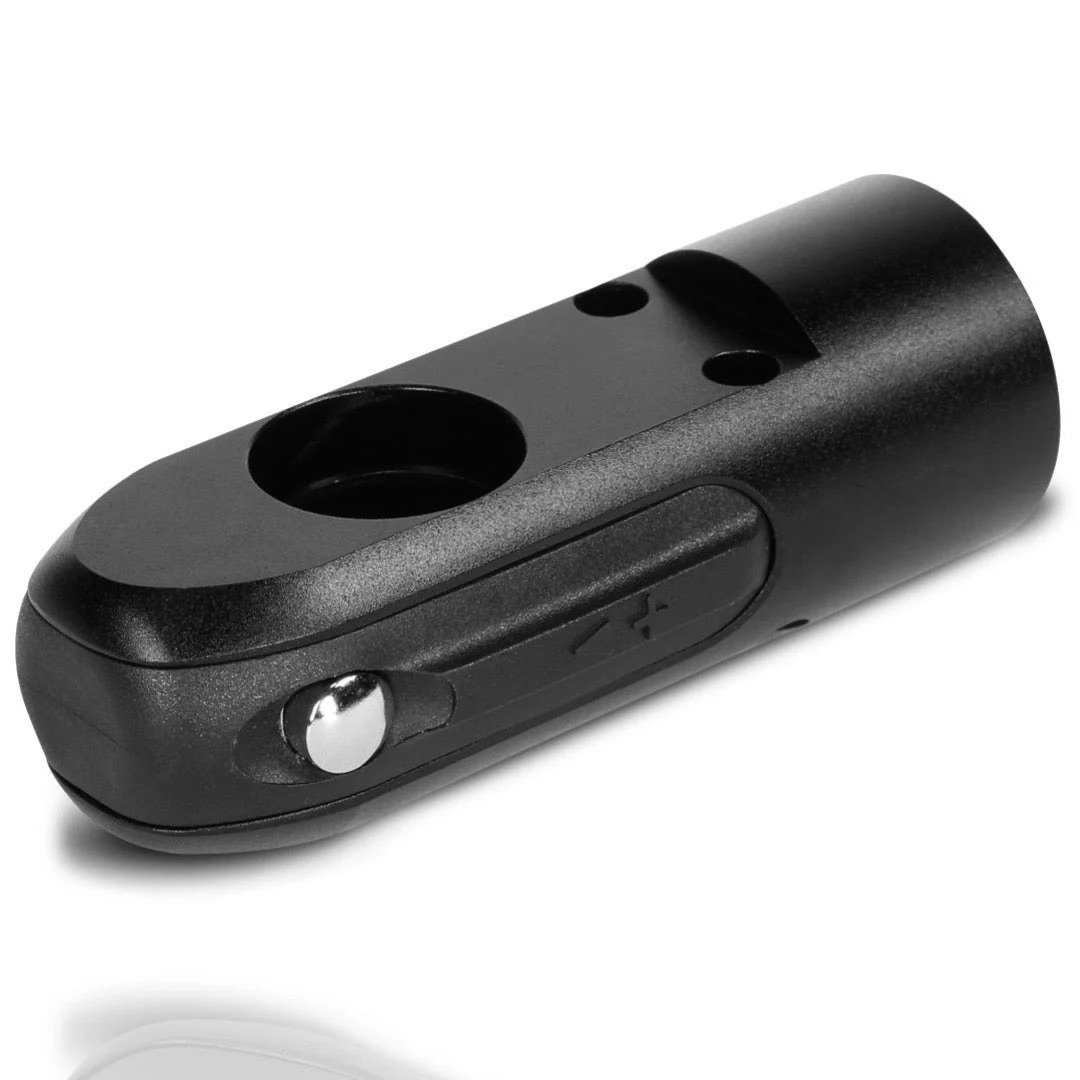Your gas cylinders might look great and function well—but without the right certifications, they could be held up at customs, denied entry, or even banned. That’s the hidden risk many first-time importers ignore.
To legally and safely import gas cylinders, you need to match your destination market’s safety certifications—like DOT for the U.S., TPED/CE for Europe, and more.
Don’t let one missing stamp or test result block an entire shipment—understanding required certifications upfront helps you ship with confidence and avoid costly delays.
Table of Contents
What certifications are mandatory for importing gas cylinders into the U.S.?
Many assume that good product quality is enough for the U.S. market. It’s not. Without DOT certification, your gas cylinders may not legally enter or be used within the country.
In the U.S., Department of Transportation (DOT) approval is non-negotiable. All gas cylinders must comply with DOT regulations for pressure vessels.
What does DOT certification really mean?
✅ DOT (Department of Transportation)
| Requirement | Details |
| Governing body | U.S. Department of Transportation |
| Common mark | DOT-3AL, DOT-SP (special permit) |
| Testing requirements | Hydrostatic testing, burst testing, material inspections |
| Scope | CO2 cylinders for paintball, beverages, scuba, and industrial use |
| Importance | Legal requirement for shipping and usage across U.S. states |
DOT-certified cylinders are not just tested—they are tracked. Each tank carries batch codes, inspection logs, and manufacturing traceability, which make audits and imports safer and faster. For importers like James from the U.S., this ensures customs clearance and builds trust with downstream buyers.
What certifications do European countries require?
Europe’s regulatory landscape is stricter—and broader. Even within the EU, you’ll face different frameworks for industrial, food-grade, and scuba-related uses.
CE and TPED certifications are essential for gas cylinders shipped into Europe. These verify structural safety and legal transport approval.
CE and TPED explained
✅ CE (Conformité Européenne) + TPED (Transportable Pressure Equipment Directive)
| Requirement | Details |
| Governing body | European Union (EU) |
| Common marks | CE + Pi symbol |
| Testing requirements | Pressure testing, valve integrity, conformity assessments |
| Scope | Covers industrial, food, paintball, and diving cylinders |
| Importance | Required for border-free EU transport and commercial usage |
Anna from Russia or Oliver from Germany can’t legally distribute or use gas cylinders unless they comply with EN12245 (composite) or EN ISO 9809 (steel) standards—these fall under CE and TPED frameworks. Without this, your cylinders are simply not market-ready.
What about certifications for food and beverage applications?
If your cylinder will touch soda, beer, whipped cream, or other consumables, mechanical safety alone isn’t enough. Food contact certification is a must.
Food-grade CO2 cylinders must be certified by FDA (U.S.) or carry NSF/ISO food-safe standards. These prove the material, cleanliness, and safety for human contact.
What makes a CO2 cylinder “food-grade”?
✅ FDA / NSF / ISO Standards
| Requirement | Details |
| Governing body | U.S. FDA, NSF International, ISO |
| Common marks | “Food Grade CO2”, NSF-Certified, ISO 11114 |
| Testing requirements | CO2 purity, cylinder surface finish, cleaning process validation |
| Scope | Beverage cylinders, cream chargers, soda and beer applications |
| Importance | Avoids contamination risks and ensures compliance with food laws |
Michael from Canada and Daniel from Mexico are laser-focused on these standards—because any food-related product without these tests can result in a product recall, customer loss, or legal fines.
What certifications are important for scuba and high-pressure air cylinders?
For diving, the stakes are even higher—human lives depend on your tanks. Certifications must reflect extreme durability and safety under water and pressure.
Scuba and HPA cylinders must meet standards like ISO 11119, EN12245, or DOT-SP (special permit for composite cylinders). These reflect high-pressure resilience.
Key safety marks for diving and HPA cylinders
✅ ISO / EN / DOT-SP
| Requirement | Details |
| Governing body | ISO (International), EN (Europe), DOT-SP (U.S. Special Permit) |
| Common marks | ISO 11119-2, EN12245, DOT-SP |
| Testing requirements | Repeated pressure cycling, burst pressure ratio, valve safety testing |
| Scope | Diving cylinders, HPA paintball tanks, tactical air systems |
| Importance | Required for sports, tactical, and underwater use across global markets |
Distributors like William from the UK rely on EN and ISO standards to assure marine safety and insurance coverage. Without those markings, even a visually perfect cylinder won’t be allowed on boats or at dive shops.






